Dresses for 13 Year Old Girls Baby Blue
/https://tf-cmsv2-smithsonianmag-media.s3.amazonaws.com/filer/93/c2/93c23aac-9936-44eb-b1e4-90bf0852b8e7/blue-pink-baby-clothes.jpg)
Little Franklin Delano Roosevelt sits primly on a stool, his white skirt spread smoothly over his lap, his hands clasping a hat trimmed with a marabou feather. Shoulder-length hair and patent leather political party shoes complete the ensemble.
We find the expect unsettling today, however social convention of 1884, when FDR was photographed at age two 1/2, dictated that boys wore dresses until age vi or vii, also the time of their outset haircut. Franklin's outfit was considered gender-neutral.
But nowadays people just have to know the sex of a baby or young child at commencement glance, says Jo B. Paoletti, a historian at the University of Maryland and writer of Pink and Blue: Telling the Girls From the Boys in America, to be published after this year. Thus we encounter, for example, a pink headband encircling the bald head of an infant girl.
Why have young children's clothing styles changed so dramatically? How did we end upwardly with two "teams"—boys in blue and girls in pink?
"It's really a story of what happened to neutral clothing," says Paoletti, who has explored the meaning of children's wear for 30 years. For centuries, she says, children wore dainty white dresses up to age half-dozen. "What was one time a matter of practicality—you dress your baby in white dresses and diapers; white cotton can be bleached—became a matter of 'Oh my God, if I apparel my babe in the wrong thing, they'll grow upwards perverted,' " Paoletti says.
The march toward gender-specific clothes was neither linear nor rapid. Pinkish and blueish arrived, along with other pastels, as colors for babies in the mid-19th century, yet the 2 colors were not promoted every bit gender signifiers until only before Globe War I—and even then, information technology took fourth dimension for popular culture to sort things out.
For example, a June 1918 commodity from the trade publication Earnshaw's Infants' Department said, "The generally accepted rule is pink for the boys, and blue for the girls. The reason is that pink, being a more decided and stronger color, is more suitable for the male child, while blue, which is more fragile and squeamish, is prettier for the girl." Other sources said blue was flattering for blonds, pink for brunettes; or blue was for blue-eyed babies, pink for dark-brown-eyed babies, according to Paoletti.
In 1927, Fourth dimension mag printed a chart showing sex-appropriate colors for girls and boys according to leading U.Southward. stores. In Boston, Filene's told parents to dress boys in pink. So did Best & Co. in New York City, Halle's in Cleveland and Marshall Field in Chicago.
Today's color dictate wasn't established until the 1940s, as a result of Americans' preferences as interpreted past manufacturers and retailers. "It could have gone the other way," Paoletti says.
So the baby boomers were raised in gender-specific clothing. Boys dressed like their fathers, girls like their mothers. Girls had to clothing dresses to school, though unadorned styles and tomboy play clothes were acceptable.
When the women's liberation movement arrived in the mid-1960s, with its anti-feminine, anti-fashion message, the unisex wait became the rage—just completely reversed from the time of young Franklin Roosevelt. Now young girls were dressing in masculine—or at least unfeminine—styles, devoid of gender hints. Paoletti establish that in the 1970s, the Sears, Roebuck catalog pictured no pink toddler clothing for two years.
"One of the ways [feminists] thought that girls were kind of lured into subservient roles as women is through vesture," says Paoletti. " 'If nosotros dress our girls more similar boys and less like frilly piddling girls . . . they are going to have more options and feel freer to be active.' "
John Coin, a sexual identity researcher at Johns Hopkins Infirmary in Baltimore, argued that gender was primarily learned through social and ecology cues. "This was one of the drivers back in the '70s of the argument that information technology's 'nurture non nature,' " Paoletti says.
Gender-neutral article of clothing remained popular until almost 1985. Paoletti remembers that year distinctly because it was between the births of her children, a girl in '82 and a boy in '86. "Suddenly it wasn't simply a blue overall; it was a bluish overall with a teddy comport holding a football game," she says. Dispensable diapers were manufactured in pink and blue.
Prenatal testing was a big reason for the change. Expectant parents learned the sexual activity of their unborn baby and and so went shopping for "girl" or "boy" merchandise. ("The more you individualize clothing, the more than you can sell," Paoletti says.) The pink fad spread from sleepers and crib sheets to large-ticket items such as strollers, car seats and riding toys. Flush parents could conceivably decorate for baby No. ane, a girl, and commencement all over when the side by side child was a boy.
Some young mothers who grew upward in the 1980s deprived of pinks, lace, long hair and Barbies, Paoletti suggests, rejected the unisex wait for their own daughters. "Even if they are notwithstanding feminists, they are perceiving those things in a unlike low-cal than the baby boomer feminists did," she says. "They think even if they want their girl to be a surgeon, in that location's nothing wrong if she is a very feminine surgeon."
Another of import cistron has been the rise of consumerism amid children in recent decades. According to kid development experts, children are just becoming witting of their gender between ages 3 and 4, and they do not realize it'due south permanent until age 6 or seven. At the same time, yet, they are the subjects of sophisticated and pervasive ad that tends to reinforce social conventions. "So they think, for example, that what makes someone female is having long hair and a dress,'' says Paoletti. "They are then interested—and they are so adamant in their likes and dislikes."
In researching and writing her volume, Paoletti says, she kept thinking about the parents of children who don't arrange to gender roles: Should they dress their children to conform, or allow them to express themselves in their clothes? "I affair I can say now is that I'thou not real not bad on the gender binary—the idea that you have very masculine and very feminine things. The loss of neutral article of clothing is something that people should call up more about. And at that place is a growing demand for neutral clothing for babies and toddlers now, too."
"There is a whole community out at that place of parents and kids who are struggling with 'My son really doesn't want to wear boy clothes, prefers to wear girl clothes.' " She hopes ane audition for her book will be people who study gender clinically. The fashion world may have divided children into pinkish and blue, but in the earth of existent individuals, not all is black and white.
Correction: An earlier version of this story misattributed the 1918 quotation about pink and blue apparel to the Ladies' Home Periodical. It appeared in the June 1918 event of Earnshaw's Infants' Department, a trade publication.
Source: https://www.smithsonianmag.com/arts-culture/when-did-girls-start-wearing-pink-1370097/
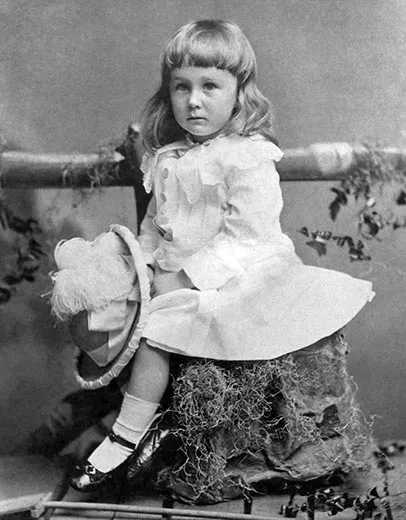
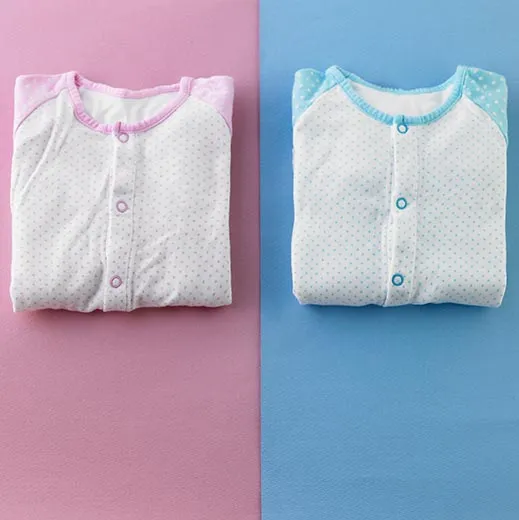

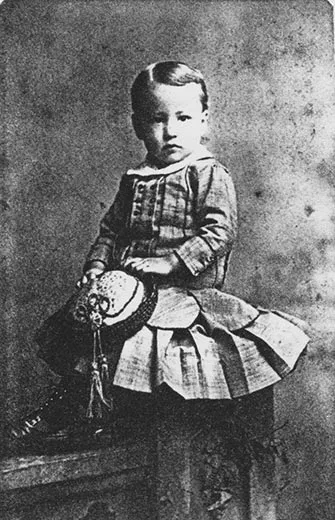
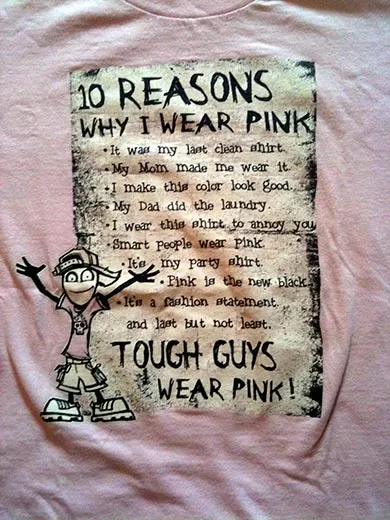
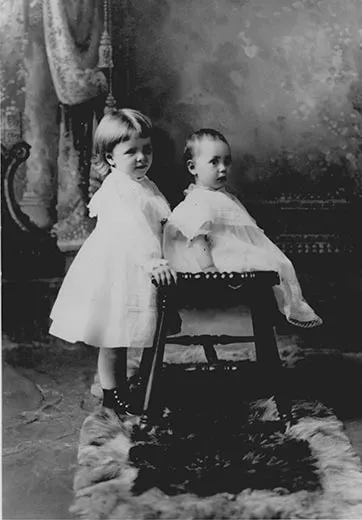
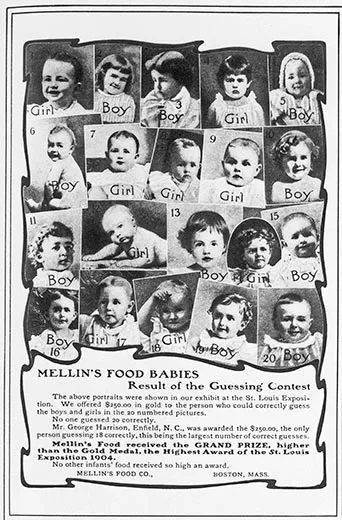
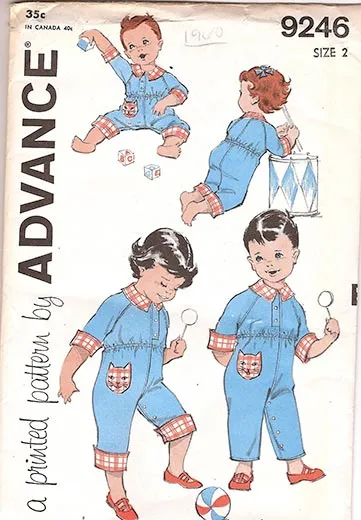
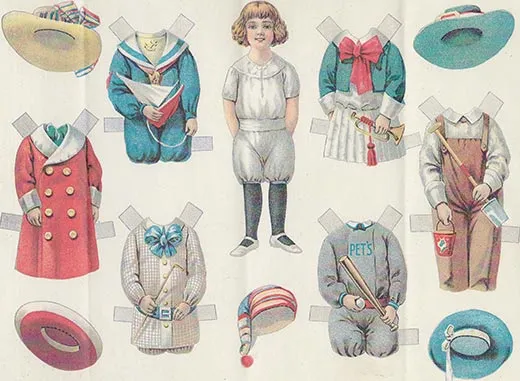
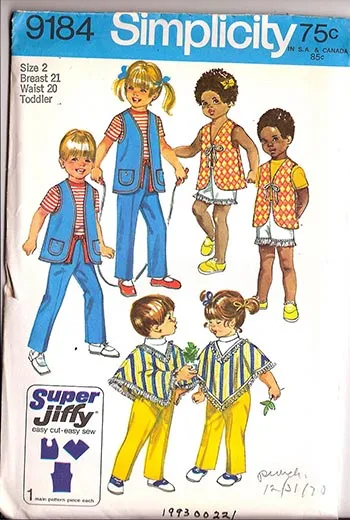

0 Response to "Dresses for 13 Year Old Girls Baby Blue"
Postar um comentário